Spray foam insulation has gained popularity in North America as a go-to solution for improving energy efficiency in homes. However, as homeowners in the UK are now discovering, this seemingly convenient and cost-effective insulation method can come with significant downsides. The problems being experienced in the UK with spray foam sprayed into their attic spaces should serve as a warning to those considering or already using spray foam insulation on this side of the Atlantic.
The UK experience: a cautionary tale about spray foam
In the UK, many homeowners who installed spray foam insulation are now finding their properties unsellable. The issues primarily revolve around closed-cell spray foam, which, while effective at sealing and insulating, also traps moisture and prevents proper ventilation. This has been found to lead to a host of problems, including mould growth, dampness, and even structural damage, such as rotting wooden beams in roof spaces. Because of this, UK banks are now refusing to grant mortgages secured on properties where spray foam has been used.
The UK banks’ move follows a UK government health and safety report about the use of spray foam released in the UK in March this year, which says if spray foam is applied directly to the inside of roofs or direct to certain high-resistance roof underlays or membranes it could cause 25% of roof timber to decay. This is due to condensation, and the colder the climate, the higher the risk.
These issues have not gone unnoticed by mortgage lenders and home insurers. In many cases where a home inspection and valuation is required for the mortgage, lenders have started refusing to approve mortgages for homes with spray foam insulation, leaving homeowners stuck in properties they cannot sell unless they remove the spray foam insulation - a process that is both difficult and expensive. Insurers, too, are increasingly hesitant to provide coverage for homes with spray foam insulation, further complicating the situation.
The North American market: potential risks ahead for spray foam
Given the growing use of spray foam insulation in North America, it is crucial to consider the lessons from the UK. While spray foam has been marketed as a superior insulation choice, both closed-cell and open-cell varieties come with potential risks that could lead to significant financial and structural problems down the line.
Closed-cell spray foam: A double-edged sword
Closed-cell spray foam is often touted for its high R-value and ability to create an airtight seal. However, the very properties that make it appealing - its density and moisture resistance - are also its greatest weaknesses. When moisture becomes trapped within the structure, it has nowhere to go, leading to condensation, mould, and eventual wood rot. This can compromise the structural integrity of the home, particularly in areas like the roof, where timber beams are universally used.
Moreover, the rigidity and coverage of closed-cell spray foam makes it nearly impossible for surveyors or inspectors to assess the true condition of underlying materials, wood products in attics being particularly vulnerable to water ingress from damaged roof coverings. This lack of visibility can lead to undiscovered damage, causing issues with both selling and insuring the property. The UK experience shows that mortgage lenders may become increasingly wary of properties with this type of insulation, potentially leading to a similar situation in North America.
Open-cell spray foam: Not without its issues
While open-cell spray foam is often considered a safer alternative due to its breathability, it is not without risks. Open-cell foam is less dense, allowing some moisture to pass through, which can reduce the likelihood of trapping moisture but can still lead to dampness if not properly installed. Additionally, open-cell spray foam can soak up water like a giant sponge if exposed to leaks or high humidity, which can lead to the growth of mould, mildew and leading to rot.
In some cases, open-cell and closed-cell spray foam have also been known to shrink or pull away from the surfaces it is meant to insulate, creating gaps and reducing its effectiveness. This shrinkage can cause energy efficiency issues and may require costly repairs or reapplication.
Spray foam insulation can mask termite damage
One of the hidden dangers of spray foam insulation is its ability to conceal termite infestations, leading to undetected structural damage. Spray foam, especially the closed-cell type, creates a dense, impenetrable barrier that covers walls, roof spaces, and other structural elements. While this may enhance insulation, it also prevents visual inspection of these areas, making it difficult to spot signs of termite activity.
Termites can silently eat away at wooden beams and supports behind the foam, compromising the integrity of the structure. By the time the damage is discovered - often when removing the foam or during a significant renovation - the infestation may have caused extensive harm, resulting in costly repairs and potential safety hazards. This risk is particularly concerning in regions where termite activity is common, making the choice of insulation a critical decision for homeowners.

The financial implications of spray foam: A potential crisis
One of the most concerning aspects of the UK experience is the financial impact on homeowners. Removing spray foam insulation is an expensive and labor-intensive process, often costing far more than the initial installation. In many cases, removal can damage underlying materials, necessitating extensive repairs or even complete roof replacements. The additional costs of waste disposal, including skips and specialized handling, only add to the financial burden.
Homeowners who are unable to secure mortgages or insurance for their spray-foamed properties may be forced to sell at a significantly reduced price, often to cash buyers who are willing to take on the risks associated with the spray foam insulation. This could lead to a widespread devaluation of homes with spray foam insulation, creating a ripple effect in the real estate market.
Take precautions with spray foam insulation: what North American homeowners should do
Given the potential risks, North American homeowners should proceed with caution when considering installing spray foam insulation. If you already had spray foam insulation installed, it is essential to monitor your home for signs of moisture buildup, mould, or structural damage. Regular inspections by qualified professionals to your rainscreen, roofing materials and caulking can help identify problems early, potentially saving you from more significant structural issues down the line.
For those considering spray foam insulation, it may be wise to explore alternative insulation methods or consult with experts who can provide a comprehensive assessment of your home’s needs. Ensuring proper installation and ventilation is critical to minimizing the risks associated with both closed-cell and open-cell spray foam.
Conclusion: Learn from the UK’s experience and avoid spray foam
The problems being experienced in the UK with spray foam insulation should serve as a stark warning to North American homeowners. While spray foam insulation may offer immediate benefits in terms of energy efficiency, the long-term risks and financial implications could far outweigh the initial savings. By learning from the UK’s experience, North American homeowners can make informed decisions that protect the future value and integrity of their homes.
Before proceeding with spray foam insulation, consider the potential risks and consult with professionals to ensure that you are making the best choice for your home. A little caution now could save you from significant headaches, expenses or lost home value in the future, and bear something in mind, for these reasons, the HomeOwners Alliance in the UK recommends that people do not have spray foam insulation applied. .
Now you know more about spray foam insulation and its impact on indoor air quality and landfills. Find more pages about sustainable construction below and in the Ecohome Green Building Guide pages.
Find more about green home construction and discover the benefits of a free Ecohome Network Membership here. |
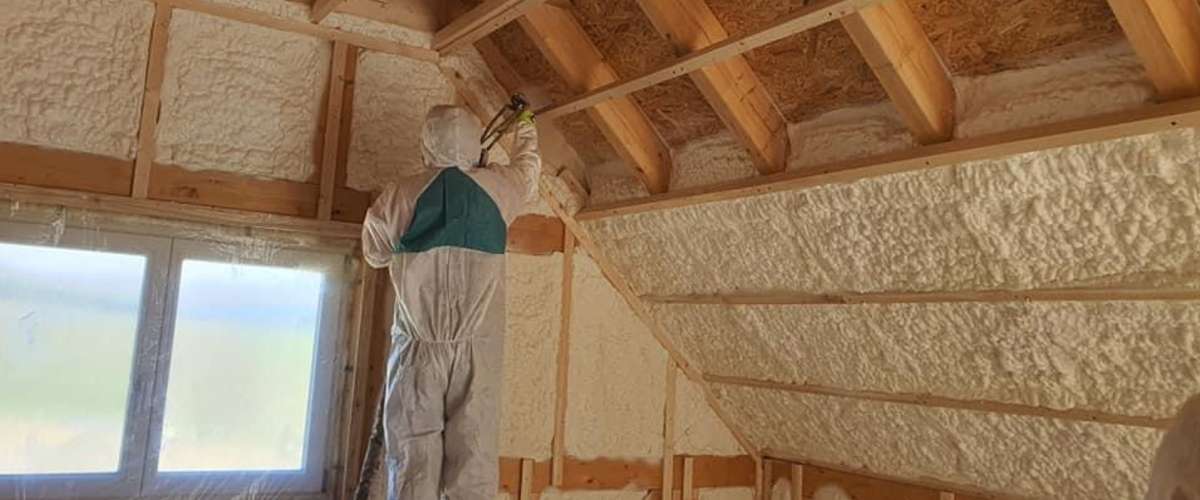


















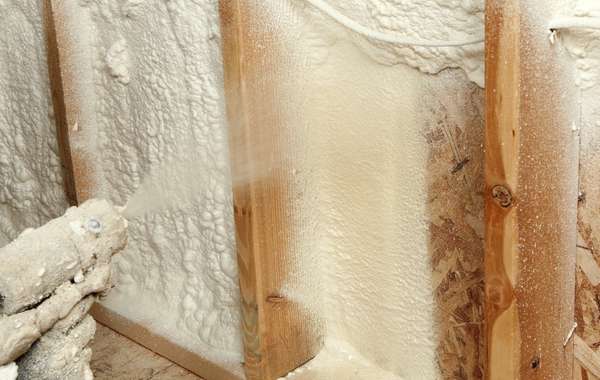
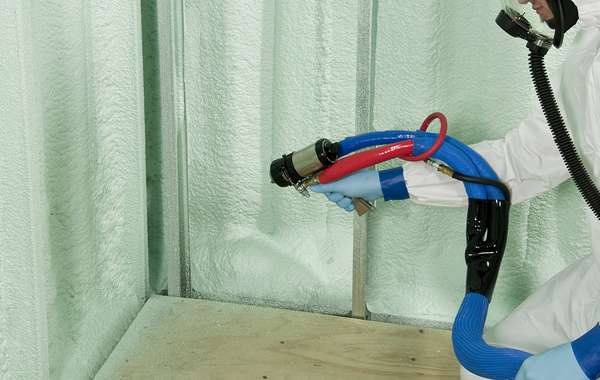

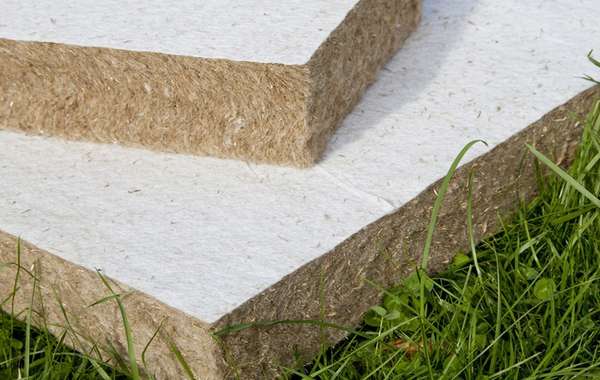

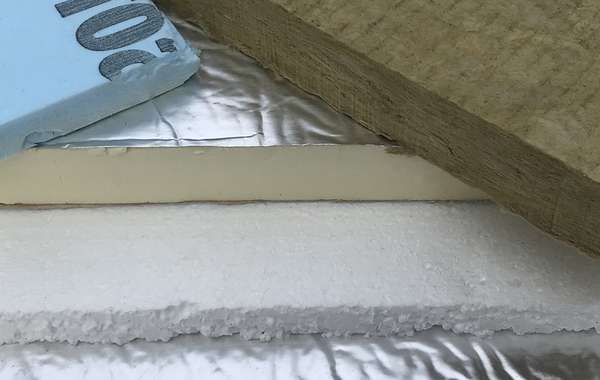
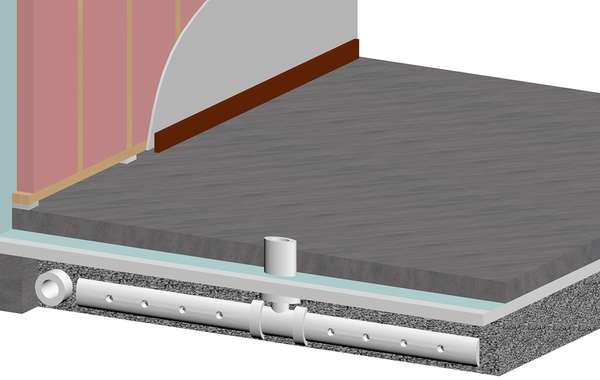

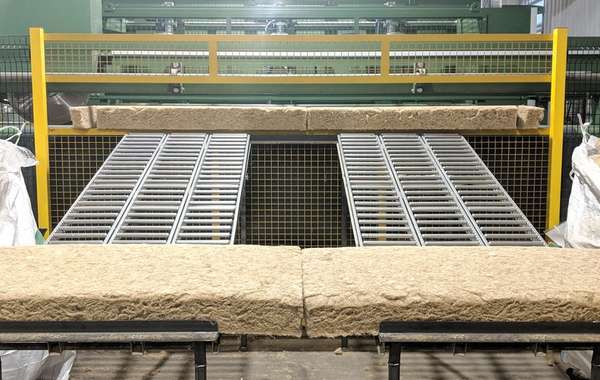
Comments (0)
Sign Up to Comment